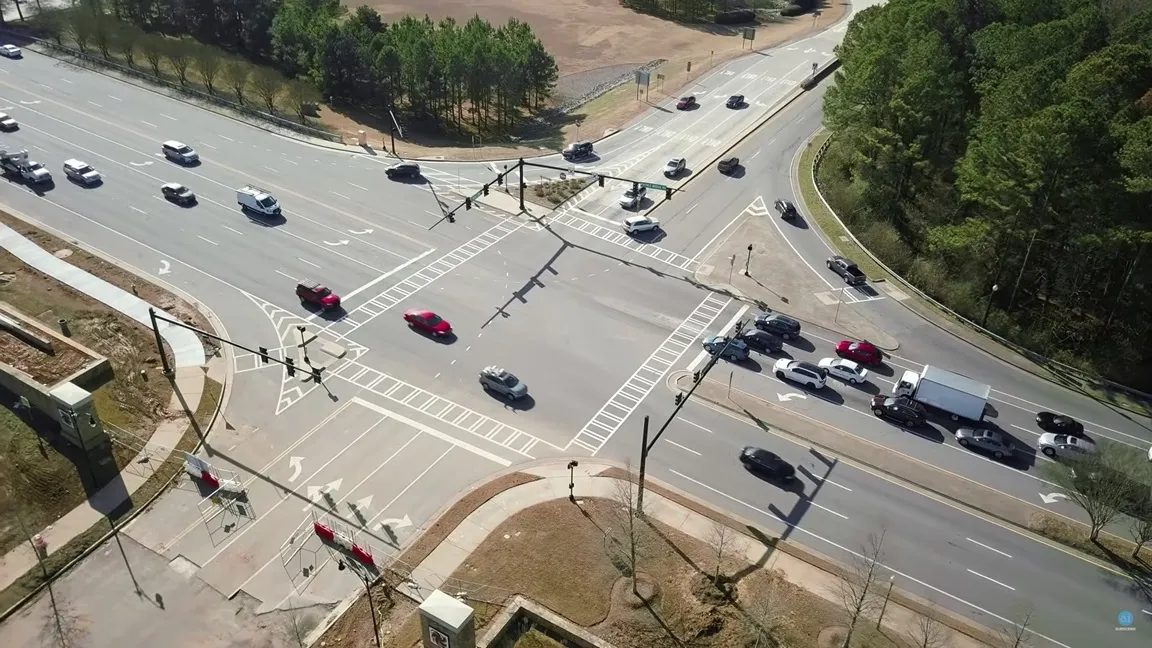IBM is collaborating with Beijing transportation information service systems provider TransWiseway Information Technology to build the largest connected vehicles platform in China that will transform the development of the country’s connected car services industry. The cloud-based platform will use advanced analytics for applications that offer real-time in-vehicle services to mobile devices, such as weather advisories, traffic alerts and alternate route suggestions.
June 2, 2014
Read time: 3 mins
The cloud-based platform will use advanced analytics for applications that offer real-time in-vehicle services to Mobile Devices, such as weather advisories, traffic alerts and alternate route suggestions.
The two organisations teamed up to design an Internet of Vehicles (IoV) platform to connect millions of trucks and tens of millions of devices and sensors from vehicles. Using IBM Internet of Things technologies, the trucks and vehicles are connected to the internet and each other on this single IoV platform. Built in the cloud, the IoV platform applies analytics to data from Mobile Devices and sensor data, instantly turning them into valuable information that drivers and authorities can access via the web or through a mobile app to improve decision making.
"We are committed to embracing mobile and other advanced technologies to spearhead an enterprise transformation, aimed at delivering enhanced services to satisfy the increasing customer demands in this age of mobility," said Zhang Tong, general manager of TransWiseway. "This initiative is in line with the government’s objectives to improve the safety of its citizens, given the mandate that all truck companies be connected to an IoV platform in the future.”
As part of the agreement, IBM will help build out the TransWiseway IoV platform with capabilities to connect millions of vehicles, sensors and Mobile Devices in real time with IBM MessageSight, part of the IBM MobileFirst portfolio.
In addition, TransWiseway and IBM China Development Labs will set up a joint innovation lab, where a team of developers and experts from TransWiseway and IBM will use the IBM MobileFirst application development portfolio, including IBM Worklight, to develop apps that deliver services, from transportation and fleet management to in-vehicle infotainment.
The IoV platform will also allow cloud-based access to analytics generated from sensor data to enable independent software vendors (ISVs) to use secure APIs to expedite the development of apps from concept to testing and development. This will include real-time traffic navigation, vehicle maintenance advisory and driver safety alerts, for example, that will allow truck companies to improve their operational efficiency and reduce cost.
“We are proud to partner with TransWiseway on this important project to help meet its scalability and expansion goals,” said Ernie Hu, vice president, Software Group, IBM Greater China Group. “This effort targeted for improving in-vehicle services will make an important impact on the whole driving ecosystem in China and combining mobile and cloud technologies will drive innovation across the automotive industry.”











